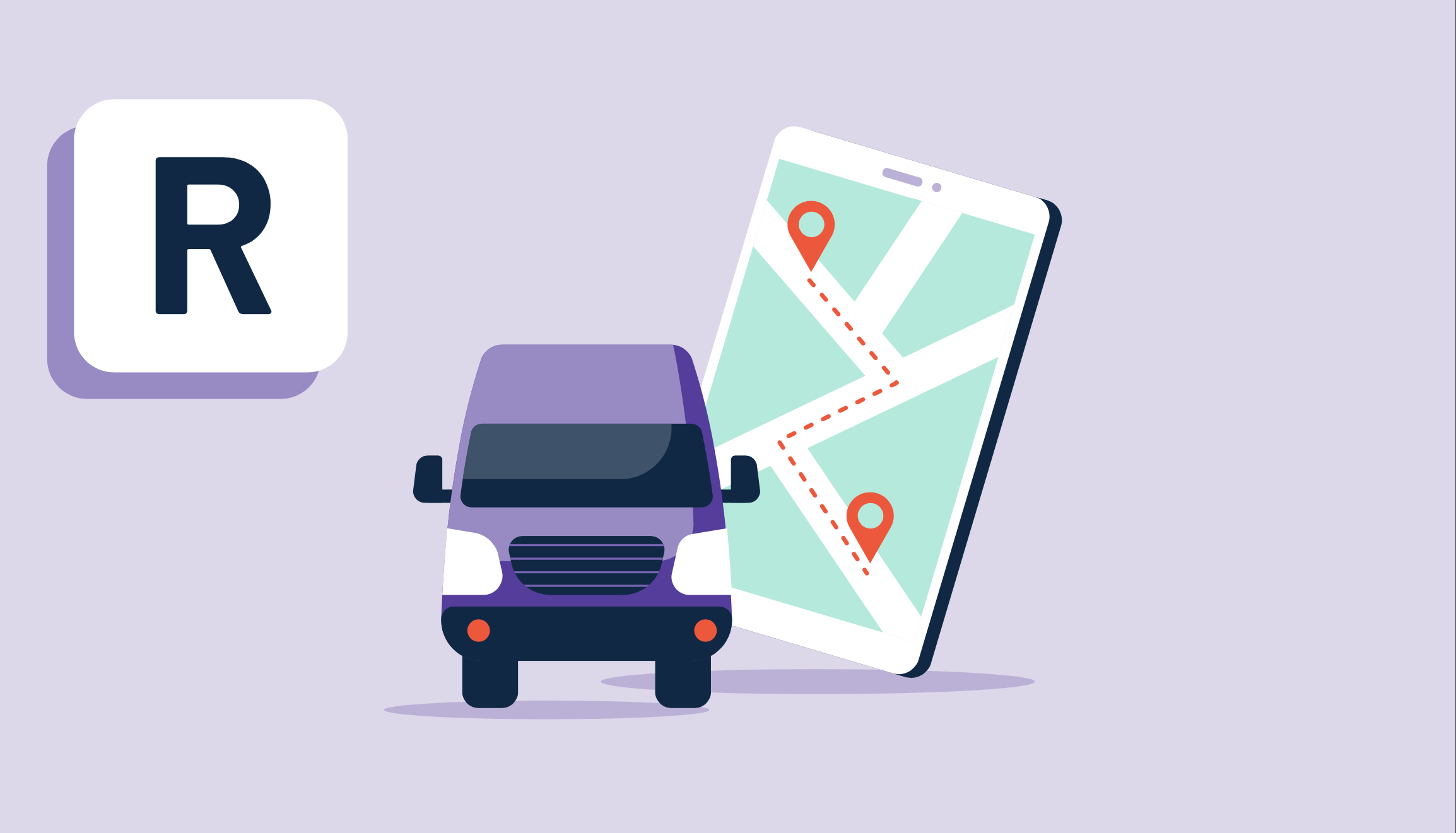
Route planning is the process of creating a comprehensive plan for delivering goods from one place to another. The main goal of route planning is to complete deliveries while determining the most efficient method for preserving time, money, and fuel. With effective route planning, businesses can decrease operational costs and increase customer satisfaction.
Some companies, like those specializing in transportation and shipping, utilize route planning software to optimize the creation of routes and schedules. Route planning solutions allow companies to build customizable route suggestions, estimate delivery times, prepare for potential shipping limitations, collaborate with drivers and dispatchers, and track delivery and driver performance. Route planning tools can also be integrated with shipping and field service management software.
Having an extensive number of pending deliveries can cause a lot of stress on companies. Whether a company is writing down addresses with paper and pen or using multiple forms of transportation technology, route planning can help to make the process more efficient.
Route planning is essential for businesses that want to:
There are six major types of route planning. Each helps optimize the way companies plan their deliveries. Many of these route plans can be combined to meet specific company delivery needs.
An effective route plan helps companies perfect the way they get from point A to point B, while helping them stay prepared for anything in between.
The route planning process is all about collecting as much information as possible, finding the best way to build the route, and communicating the plan.
There are a couple of factors that will affect how a company creates a route plan. These factors can be easily accounted for in a comprehensive plan but will affect the type of plan and how efficient it can be.
Many confuse route planning with route optimization, but the two are different.

The main objective of route planning is to help companies create a strategy to complete a delivery route in the most logical order possible. This means that it takes separate points and connects them in the best way it knows how. Route planning starts with a predetermined list of locations, and the planner may use tools like Google Maps or Waze to arrange everything.
Route optimization applies complex algorithms to create as many plans as possible. Route optimization software is used to automate the production of these plans, and one tool can develop hundreds of route variations. Using dynamic route optimization can help a company save the time it takes to manually plan and prepare several backups to prepare for potential concerns.
The main drawback of route optimization in comparison to route planning is its use of technology. The more technology, the more time and money needed to implement it and learn how to use it effectively.
Alexandra Vazquez is a former Senior Content Marketing Specialist at G2. She received her Business Administration degree from Florida International University and is a published playwright. Alexandra's expertise lies in copywriting for the G2 Tea newsletter, interviewing experts in the Industry Insights blog and video series, and leading our internal thought leadership blog series, G2 Voices. In her spare time, she enjoys collecting board games, playing karaoke, and watching trashy reality TV.
What is financial risk management? Financial risk management is the processing of...
 by Alexandra Vazquez
by Alexandra Vazquez
What is supplier management? Supplier management is a step of the procurement process that...
 by Alexandra Vazquez
by Alexandra Vazquez
What is supply chain planning? Supply chain planning (SCP) is a method of forecasting product...
 by Alexandra Vazquez
by Alexandra Vazquez
What is financial risk management? Financial risk management is the processing of...
 by Alexandra Vazquez
by Alexandra Vazquez
What is supplier management? Supplier management is a step of the procurement process that...
 by Alexandra Vazquez
by Alexandra Vazquez


